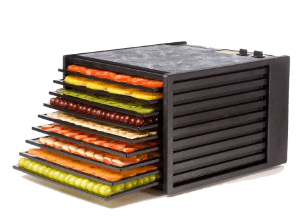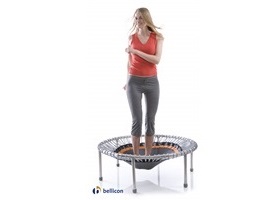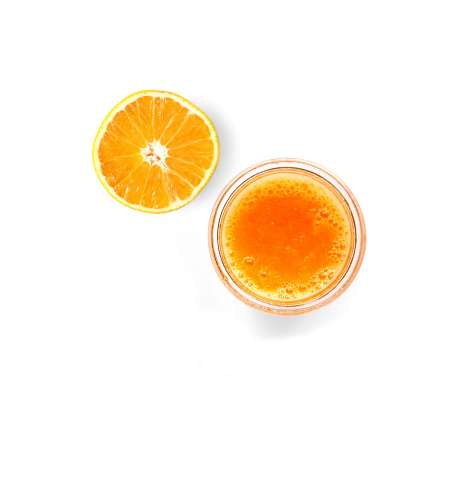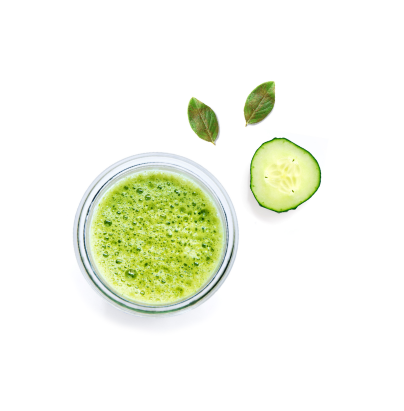These Kitchen Appliances Really Suck – And That’s Why You Want One!
It’s not often we get excited about something that sucks but we are really excited about these new additions to our range, and they definitely do really suck. They suck like a big sucky thing that just won gold in the Olympic sucking competition. And that’s great! Before you click away thinking we’ve lost our minds, our subject here is the latest development in kitchen appliances and it’s aimed squarely at the health enthusiast – it’s called a Vacuum Blender.
Vacuum blenders have been developed to address a particular concern of people who are looking to maximise nutrition and get the best from their healthy blender recipes – that concern is how to preserve the nutrition and flavour in blended ingredients and slow down the damage caused by oxidation. Just as masticating juicers help us to make fruit and vegetable juices with a better shelf life and reduced nutritional spoilage, by incorporating less air, the vacuum blender tackles this tricky issue in the more problematic arena of high speed blending. Read on to find out why a vacuum blender can help improve nutritional outcomes, every time you use it.
Oxygen: The Good News And The Bad News
Oxygen is necessary for all animal life, it sustains us and enables many metabolic reactions in our bodies. But it does that for the microbes that can spoil our food too, and it is also the key reactant in oxidative processes that degrade vital nutrients and flavours. We can’t avoid the irreversibility of natural processes and over time everything decays. But now we can at least push back by applying a little food science at home, using understanding to improve our health. With a vacuum blender you can simply remove the problems caused by oxygen, by removing all the air from the blender jug before you blend.
Standard Household Blenders Speed Up Food Degradation
A characteristic of a normal household blender is that the high speed blades immediately whisk lots of air into whatever ingredients you are blending. To make things worse, the process of blending smashes the ingredients into tiny particles, giving the biggest possible surface area of contact between your food and the villain of the piece: oxygen. Millions of tiny bubbles of oxygen mixed with millions of tiny particles of food. Traditional blenders are fine if you are preparing recipes for immediate consumption, but vacuum blenders solve the problem of storing for later use without oxidation.
 Oxidation is a primary obstacle that many methods of food preservation try to address. From bags of salad to meats and fruits, food from the supermarket is often packaged in an inert gas like nitrogen to exclude the oxygen and prevent spoilage from oxidation as well as from microbial decay. Modified Atmosphere Packaging (MAP) using inert gas has become one of the most widely used methods of increasing the shelf life of shop bought foods. Canning foods also excludes air during the canning process. Vacuum packaging is used to exclude the air from around foods like nuts as another preservation method. Yet another technique is the use of ‘oxygen scavengers’ which are reactive compounds incorporated into packaging that ‘scavenge’ the oxygen from the air immediately surrounding the food.
Oxidation is a primary obstacle that many methods of food preservation try to address. From bags of salad to meats and fruits, food from the supermarket is often packaged in an inert gas like nitrogen to exclude the oxygen and prevent spoilage from oxidation as well as from microbial decay. Modified Atmosphere Packaging (MAP) using inert gas has become one of the most widely used methods of increasing the shelf life of shop bought foods. Canning foods also excludes air during the canning process. Vacuum packaging is used to exclude the air from around foods like nuts as another preservation method. Yet another technique is the use of ‘oxygen scavengers’ which are reactive compounds incorporated into packaging that ‘scavenge’ the oxygen from the air immediately surrounding the food.
Oxidation has a lot to answer for when it comes to ruining our enjoyment of the full benefits of fresh, healthy foods. Fats become rancid, which means they not only taste off but they also contain toxic byproducts from the oxidation reaction. Raw food enthusiasts know this to be a problem when making healthy nut butters in a traditional blender for example – the nut butter tastes great to start with but the healthy fats soon start to deteriorate. Vitamin C is rapidly lost to oxidation, and it can never be a good thing to lose this vital immune booster and cell protector. Oxidation is responsible for the stale flavour in bakery products that have been exposed to air for too long, and the flavour in many foods deteriorates due to the oxidation of their aromatic oils.
Using a traditional blender, we assist all these progressive deteriorations by maximising the incorporation of oxygen into the food. This is partly why we recommend that a fresh smoothie is best drunk immediately. But now some clever people have developed a great solution to this problem – The Vacuum Blender
What Is A Vacuum Blender?
A Vacuum Blender operates in the same way as a normal kitchen blender but it has a method of removing the air from the ingredients in the blender jug prior to blending them up. By effectively creating a vacuum in the jug, the thorny issue of introducing tiny bubbles of air into the ingredients is eliminated. Some vacuum blenders like the Sage Vac Q have separate vacuum pumps that the user attaches to the top of the jug to pump out the air with a battery powered pump option.  More advanced models like the Kuvings Vacuum Blender incorporate an electrically operated vacuum pump into the blender assembly itself, which sucks the air out of the top of the jug. The jugs have a seal in the lid that automatically maintains the vacuum until the user releases it to get at the blended ingredients. This means that the jug can also be used to store the finished recipe until use. Vacuum blenders like the Kuvings SV-500 also have additional vacuum storage tumblers that can be vacuum sealed separately using the blender pump, and then used to keep a range of blended recipes in the fridge for later use without significant loss of flavour or nutrition.
More advanced models like the Kuvings Vacuum Blender incorporate an electrically operated vacuum pump into the blender assembly itself, which sucks the air out of the top of the jug. The jugs have a seal in the lid that automatically maintains the vacuum until the user releases it to get at the blended ingredients. This means that the jug can also be used to store the finished recipe until use. Vacuum blenders like the Kuvings SV-500 also have additional vacuum storage tumblers that can be vacuum sealed separately using the blender pump, and then used to keep a range of blended recipes in the fridge for later use without significant loss of flavour or nutrition.
See And Taste The Difference
The first thing you notice about recipes from a vacuum blender is their rich, vibrant palette of colours when compared to the aerated results you get without the vacuum If you also use a vacuum storage container for your recipes, the food will keep for up to a week (more for some recipes) in your fridge with very little loss of nutrients. It will still keep much longer than traditionally blended recipes in any normal sealed container if you fill it enough to exclude air at the lid.
in your fridge with very little loss of nutrients. It will still keep much longer than traditionally blended recipes in any normal sealed container if you fill it enough to exclude air at the lid.
With side by side taste comparisons it is immediately noticeable that the results from a vacuum blender are superior. Delicate compounds that give flavour to our food start to degrade as soon as the blades start to turn in a traditional blender, so it’s easy to understand how not just our health improves with a vacuum blender, but also our enjoyment.
A Big Plus For The Healthy Lifestyle
There are no downsides to owning a vacuum blender for the health enthusiast. Sure, they’re not cheap, but they can be had for similar prices to high-end traditional blenders like Vitamix, which have so far enjoyed greatest prominence amongst nutrition aficionados.
It may seem counterintuitive but a vacuum blender is actually more convenient than a traditional blender, if you want to make a priority of daily access to healthy blended recipes. With a normal blender seven smoothies a week is effectively the same as seven operations of getting the blender out, prepping ingredients, blending them, and cleaning up afterwards.
 If you are motivated and have plenty of time, no problem.
If you are motivated and have plenty of time, no problem.
But what if you could do one big blending session, perhaps on a Sunday evening ahead of a busy week, and then line up the finished smoothies in vacuum tumblers in the fridge door, knowing that when you want them, they are as fresh as when they were made? Remember too that they were fresher when they were first made than anything from a normal blender.
When you are feeling a bit frazzled or rushed by a busy life, it’s easy to let your healthy lifestyle choices slip. Maybe you don’t want to get the juicer out today? Maybe the blender can stay sat in the cupboard this morning because you’re running a bit late and you’ll just pick up one of those inferior pre-made bottles at the station instead? Well, just as a good masticating juicer lets you make your juice in advance, a vacuum blender lets you batch prep all your healthy blended recipes in advance too. What a great idea!
 Register / Login
Register / Login 













